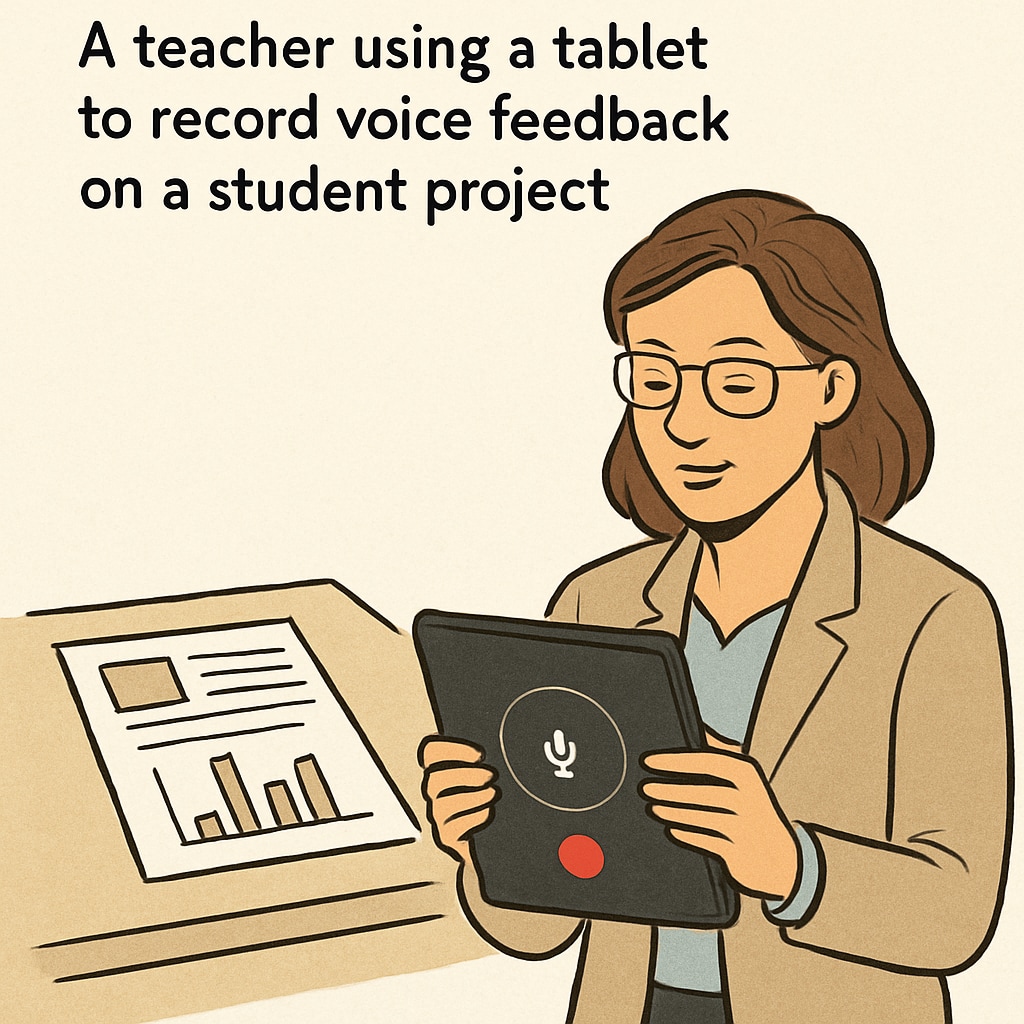Voice recognition technology, such as WillowVoice, is revolutionizing K12 education by significantly reducing administrative burdens and streamlining teacher workflows. With its ability to transcribe speech, generate automated reports, and facilitate faster communication, this technology helps educators focus on their core teaching responsibilities. As a result, both teaching efficiency and the quality of education improve, benefiting students and teachers alike.
How Voice Recognition Technology is Streamlining Teacher Workflows
Administrative tasks often consume a large portion of teachers’ time, detracting from their ability to engage directly with students. Voice recognition tools like WillowVoice alleviate this issue by automating routine tasks such as attendance tracking, note-taking, and grading assistance. For example, teachers can dictate class notes or assignment instructions, which the software converts into text instantly, saving hours of manual effort.
In addition, such tools can integrate with learning management systems (LMS), enabling seamless updating of student records and feedback. As a result, teachers can manage their workflows more efficiently, freeing up valuable time for lesson planning and student interaction.

Enhancing Feedback Quality and Timeliness
Providing timely and high-quality feedback is critical for student development but can be time-intensive for educators. With voice recognition software, teachers can quickly record verbal feedback for assignments or projects, which the system converts into detailed text for students to review. This process not only accelerates feedback delivery but also ensures it is comprehensive and actionable.
For example, WillowVoice allows educators to personalize feedback by capturing nuanced observations that might be lost in hurried written comments. This approach enhances the learning experience for students while significantly reducing teacher stress.

Focusing on Core Educational Responsibilities
When teachers can delegate repetitive tasks to technology, they gain more time to dedicate to their core responsibilities—teaching and mentoring. Voice recognition tools empower educators to focus on curriculum development, individualized instruction, and fostering creative learning environments. Additionally, by reducing administrative overhead, teachers experience lower stress levels, contributing to better job satisfaction and retention rates in the education sector.
For instance, a study by the Education Technology Association noted that schools implementing voice recognition tools reported a 30% increase in teacher efficiency and a noticeable improvement in student outcomes. This demonstrates the tangible benefits of integrating such technologies into educational workflows.
The Future of Voice Recognition in K12 Education
As voice recognition technology continues to evolve, its potential applications in K12 education are expanding. From real-time language translation for diverse classrooms to AI-driven insights for student performance, the possibilities are vast. Tools like WillowVoice are setting the stage for a future where technology complements teaching, enabling educators to achieve more with less effort.
Moreover, as this technology becomes more accessible, even schools with limited resources can leverage its benefits. By investing in voice recognition, educational institutions can create a more efficient and inclusive learning environment for all stakeholders.
In conclusion, voice recognition technology is not merely a tool for convenience; it is a transformative force in education. By reducing administrative burdens and enhancing teaching efficiency, solutions like WillowVoice empower educators to focus on what truly matters—shaping the minds of the next generation.
For further reading on the role of technology in education, visit the Educational Technology page on Wikipedia or explore insights from Britannica’s coverage on educational technology.


